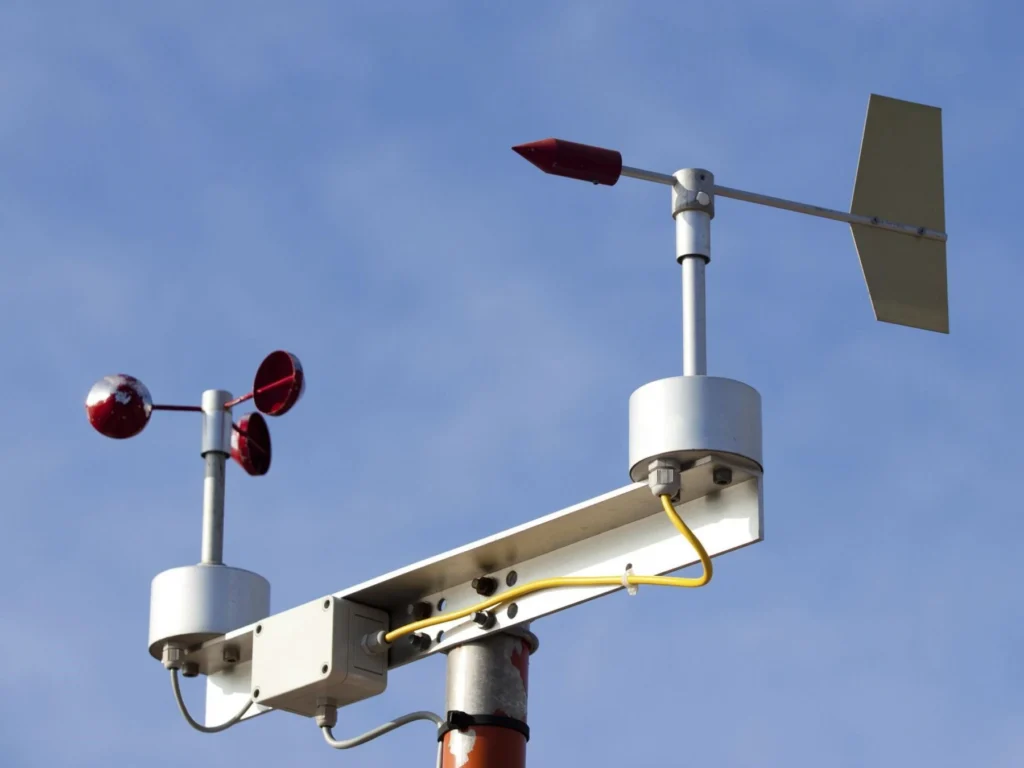Wind Measuring Instruments: Essential Tools for Accurate Weather Monitoring

# Wind Measuring Instruments: Essential Tools for Accurate Weather Monitoring
Wind measuring instruments are indispensable tools in meteorology, environmental science, and various industries that rely on accurate weather data. These devices provide critical information about wind speed, direction, and other atmospheric conditions, enabling professionals to make informed decisions and predictions.
## Types of Wind Measuring Instruments
There are several types of wind measuring instruments, each designed for specific applications and environments. Some of the most commonly used devices include:
– Anemometers: These instruments measure wind speed and are available in various designs, such as cup, vane, and sonic anemometers.
– Wind Vanes: Used to determine wind direction, wind vanes are often paired with anemometers for comprehensive wind data.
– Weather Stations: These systems integrate multiple sensors, including wind measuring instruments, to provide a complete overview of weather conditions.
– Lidar and Sodar: Advanced remote sensing technologies that use laser or sound waves to measure wind profiles over large areas.
## Applications of Wind Measuring Instruments
Wind measuring instruments are used in a wide range of applications, including:
– Weather Forecasting: Accurate wind data is crucial for predicting weather patterns and issuing warnings for severe conditions.
– Aviation: Pilots and air traffic controllers rely on wind measurements to ensure safe takeoffs, landings, and flight paths.
– Renewable Energy: Wind turbines require precise wind data to optimize energy production and ensure efficient operation.
– Environmental Monitoring: Researchers use wind measurements to study air quality, pollution dispersion, and climate change.
## Choosing the Right Wind Measuring Instrument
Selecting the appropriate wind measuring instrument depends on several factors, such as the specific application, environmental conditions, and required accuracy. Here are some considerations:
– Accuracy: High-precision instruments are essential for applications like aviation and renewable energy.
– Durability: Instruments used in harsh environments must be robust and weather-resistant.
– Data Integration: Consider whether the instrument can be integrated with other sensors or data systems for comprehensive monitoring.
– Cost: Balance the need for accuracy and features with budget constraints.
## Maintenance and Calibration
Regular maintenance and calibration are crucial to ensure the accuracy and reliability of wind measuring instruments. This includes:
– Cleaning: Remove dirt and debris that can affect sensor performance.
– Inspection: Check for wear and tear, and replace damaged components as needed.
– Calibration: Periodically calibrate the instrument against known standards to maintain accuracy.
## Conclusion
Wind measuring instruments are vital tools for accurate weather monitoring and decision-making across various fields. By understanding the different types of instruments, their applications, and the importance of proper maintenance, professionals can ensure they obtain reliable and precise wind data. Whether for weather forecasting, aviation, renewable energy, or environmental research, these instruments play a crucial role in enhancing safety, efficiency, and sustainability.
Keyword: wind measuring instrument
